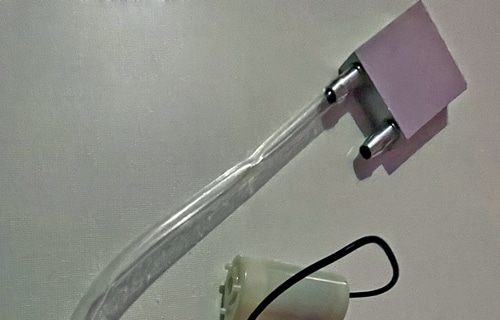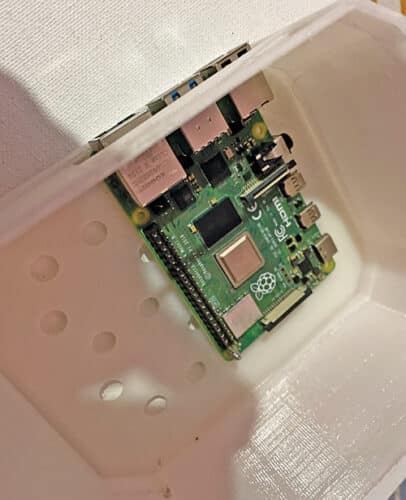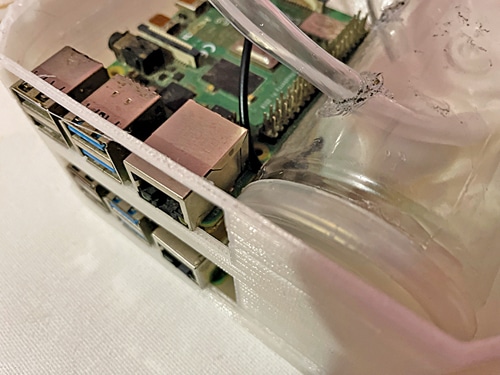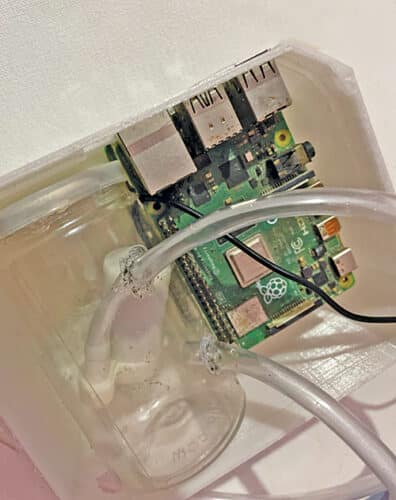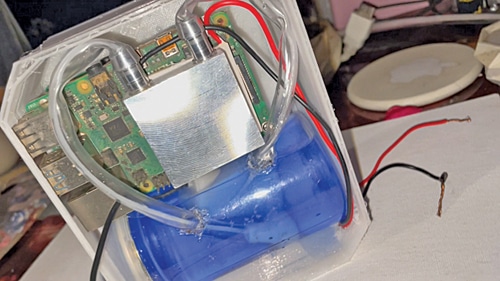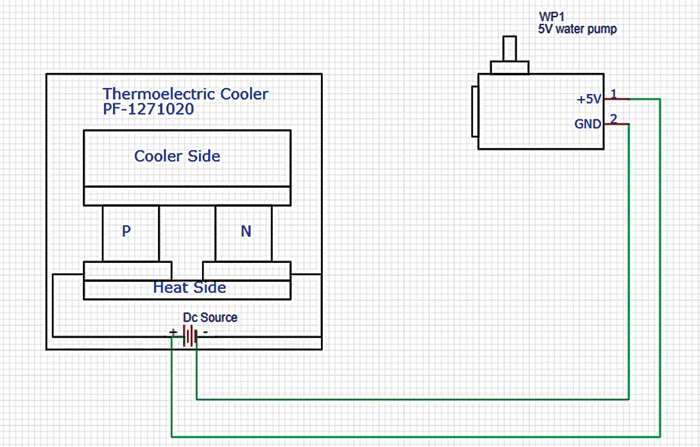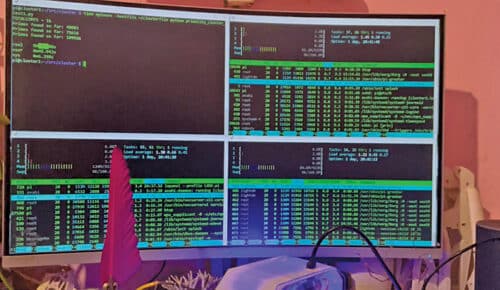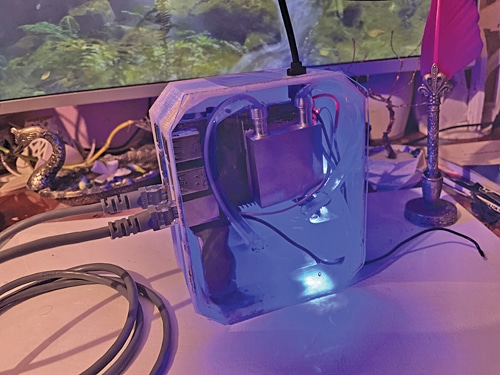
[ad_1]
There are areas where we need small computing machines that can work collectively like a supercomputer. Let us see here how it can be done.
Most supercomputers have interconnected CPUs with a master node CPU that divides a large computing task into smaller tasks. These smaller tasks are assigned to the interconnected CPUs, which work together to finish the task in much lesser time.
So let us design our own supercomputer, which would be a basic system where you can connect as many nodes as you want to fulfill your computation and processing need. We shall use single-board computers and connect them to each other and make one of them the master node. The master node would distribute the tasks and control all the other computers.
The components required for this project are listed under the Bill of Material table. The author’s prototype is shown in Fig. 1.
Each node of the cluster for our supercomputer would need the components mentioned under the Bill of Material. To make a cluster supercomputer of 100 RPI, you would need the 100 sets of the above.
You can design either a simple rack based system or design a block of each node and connect the blocks to make a large cluster for personal use. Let us see how you can make a block based cluster supercomputer, where each block has two CPUs with their own separate pre-configured power management and cooling systems. This design gives you the flexibility to add as many individual cluster blocks as required. You can achieve even one terabytes of computing power by adding enough of these single node blocks.
Let us design the single block casing that can hold two RPi single-board computers and the cylindrical water cooling reservoir. In the case design keep two cuts on front side to expose the USB and Ethernet ports of RPi. Keep two holes at the bottom to pass the wires and connectors of power supply (see Fig. 2). Also make some vent holes for air circulation to keep the system cool.
After designing the hardware casing as described above, 3D print it. You can make your own custom design if you like, or even go for a rack based system and set up the cooling system and CPUs in the rack setup.
A good cooling system for the supercomputer is necessary as the CPUs would be doing complex tasks and could get heated up quickly. A dual cooling system using first thermoelectric and then water cooling is recommended. For better result, a liquid coolant can be used in place of water.
For the water/coolant reservoir, you can use an air-tight transparent cylindrical container made of glass or plastic, which fits inside the case designed earlier. The reservoir must be leak-proof to avoid any damage to the nearby electronic components or cause a short circuit.
As shown in Fig. 3, make holes for the water inlet and outlet pipes in the reservoir and another hole for the wiring of the immersive water pump. Connect the water pipes and the wires and seal the holes with rubber based glue to ensure there is no water leakage from the reservoir. Refer Fig. 4, Fig. 5, and Fig. 6 for details.
Cover the electronic components in the reservoir with a plastic sheet or cello tape to prevent any water drops formed due to humidity inside do not create any problem. Put the inlet and the outlet pipes inside the aluminium water cooling block (see Fig. 7 and Fig. 8) and connect the water pump and thermoelectric wires to a 5V DC power supply.
[ad_2]
Source link


